I want to convert below mentioned oracle hierarchical query to postgresql
SELECT catalog_id, sub_tree_id
FROM my_catalog
CONNECT BY PRIOR catalog_id = sub_tree_id;
I have tried using the following postgresql query but not getting the expected result
WITH RECURSIVE q AS (
SELECT po.catalog_id,po.sub_tree_id
FROM my_catalog po
UNION ALL
SELECT po.catalog_id,po.sub_tree_id
FROM my_catalog po
JOIN q ON q.catalog_id=po.sub_tree_id
)
SELECT * FROM q;
ORACLE OUTPUT(EXPECTED RESULT)
POSTGRESQL OUTPUT(ACTUAL RESULT)

